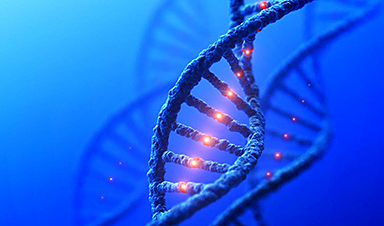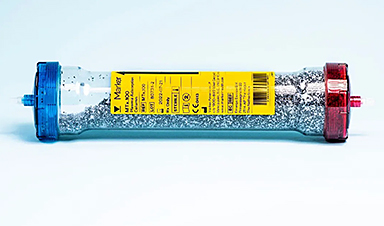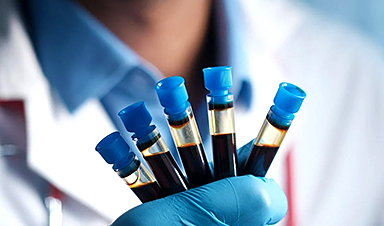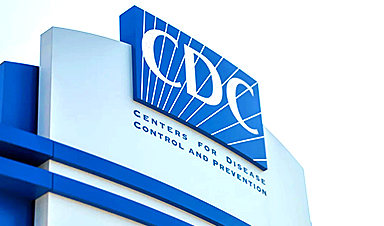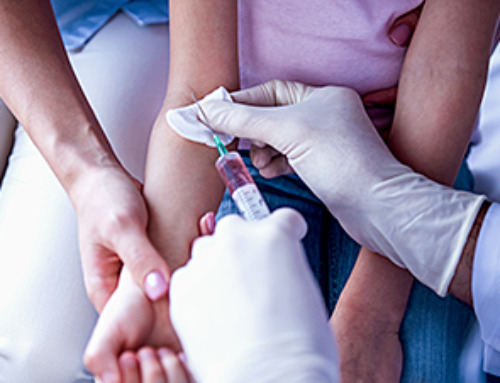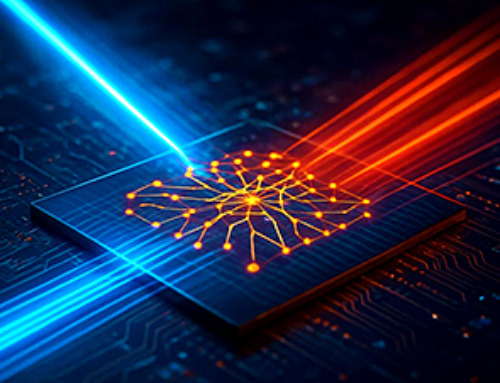The Tbx1 gene influences brain volume and social behavior in autism and schizophrenia, with its deficiency linked to amygdala shrinkage and impaired social incentive evaluation.
A study published in Molecular Psychiatry has linked changes in brain volume to differences in social behavior associated with psychiatric conditions like autism spectrum disorder and schizophrenia.
The research, led by Noboru Hiroi, Ph.D., a professor in the Department of Pharmacology at the Joe R. and Teresa Lozano Long School of Medicine at The University of Texas Health Science Center at San Antonio (UT Health San Antonio), revealed that a deficiency in a specific gene was connected to social behavior differences in mice. These behavioral differences are similar to those often observed in psychiatric disorders.
Genetic variants linked to some psychiatric conditions
Copy number variants (CNVs) are genetic alterations where segments of chromosomes exhibit deviations from the usual number of copies. These genomic variations are increasingly recognized for their influence on brain structure and their association with psychiatric disorders. CNVs often encompass multiple genes, yet the specific contributions of individual genes within these variants to brain development and psychiatric conditions remain largely unexplored.
One notable example is the 22q11.2 region of human chromosome 22, which harbors more than 30 protein-coding genes. Among these, the Tbx1 gene has emerged as a critical regulator of stem cell function in the brain, as highlighted in prior studies by Hiroi and colleagues. Variants in Tbx1 are strongly associated with a range of neurodevelopmental and psychiatric disorders, including autism spectrum disorders, schizophrenia, intellectual disability, and developmental delay. Understanding the role of Tbx1 and other genes within this region is essential for elucidating the mechanisms underlying CNV-associated brain abnormalities and psychiatric outcomes.
“Dr. Hiroi’s pioneering research in the Department of Pharmacology has significantly advanced our understanding of the genetic underpinnings of psychiatric disorders including autism spectrum disorder and schizophrenia,” said Daniel Lodge, PhD, professor and chair of the Department of Pharmacology at the Long School of Medicine at UT Health San Antonio. “His recent study on Tbx1 not only highlights the complexity of gene-phenotype interactions but also illustrates how precise volumetric analyses can unravel the neural correlates of behavioral impairments, paving the way for potential therapeutic interventions.”
Brain volume differences
For this study, the research team created mice without the Tbx1 gene, then used volumetric MRI analysis to explore brain volume differences in these mice compared to wild-type mice. They also evaluated social behavior of mice with Tbx1 deletion compared to unaltered mice.
Hiroi discovered that Tbx1-deficient mice had decreased volume in their amygdala and surrounding cortical regions and, most notably, in a small, enigmatic subregion of the amygdala called the amygdalo-piriform transition area. The amygdala is a critical region for emotional behavior regulation and, while not well-understood, the amygdalo-piriform transition area is connected to many brain regions that are involved in the processing of sensory and emotional cues.
The desire for social interaction affected
Animals and humans learn to use cues and context to decide if there is positive value in social experiences, Hiroi said. As social creatures, mice tend to choose interaction when given a choice to isolate or gather with other mice. In this study, wild-type mice and Tbx1-deficient mice were given a choice of two enclosures – one with another mouse and one without. While wild-type mice always chose the enclosure with another mouse, Tbx1-deficient mice were ambivalent as to whether or not there was another mouse present and chose a location based on other cues, such as the location with a preferred type of bedding.
“This study suggests that Tbx1 deficiency might contribute to humans’ capacity to evaluate positive incentive values of social experiences,” Hiroi said.
What comes next?
Hiroi is taking the work a step further by teaming with Jason Pugh, PhD, in the UT Health San Antonio Department of Cellular and Integrative Physiology, to examine excitability of a specific type of neuron in the amygdalo-piriform transition area of Tbx1-deficient mice. They are also working on models that could initiate and restore Tbx1 heterozygosity (having two versions of the same gene) at any stage of development. When complete, Hiroi said they plan to use this model to discover the critical developmental period for amygdala shrinkage.
Amygdala volume reduction appears to originate in the embryonic phase, Hiroi said, so therapeutic intervention could target this point. Additionally, the degree of amygdala shrinkage could be a biomarker of impaired appreciation of social experiences for people with autism spectrum disorder or schizophrenia.
“This study can serve as a catalyst to translationally link basic science with human brain imaging studies and studies of patients with neurodevelopmental disorders, which are already major strengths of UT Health San Antonio,” said Hiroi.
Reference: “Highly demarcated structural alterations in the brain and impaired social incentive learning in Tbx1 heterozygous mice” by Takeshi Hiramoto, Akira Sumiyoshi, Risa Kato, Takahira Yamauchi, Takeshi Takano, Gina Kang, Marisa Esparza, Bailey Matsumura, Lucas J. Stevens, Yukiko J. Hiroi, Takaki Tanifuji, Rie Ryoke, Hiroi Nonaka, Akihiro Machida, Kensaku Nomoto, Kazutaka Mogi, Takefumi Kikusui, Ryuta Kawashima and Noboru Hiroi, 27 October 2024, Molecular Psychiatry.
DOI: 10.1038/s41380-024-02797-x
Other authors of Hiroi’s Tbx1 study also are with the Department of Pharmacology at UT Health San Antonio, as well as with the Institute of Development, Aging and Cancer of Tohoku University, Sendai, Japan; the National Institutes for Quantum and Radiological Science and Technology, Chiba, Japan; and the Laboratory of Human-Animal Interaction and Reciprocity at Azabu University, Sagamihara, Kanagawa, Japan.
